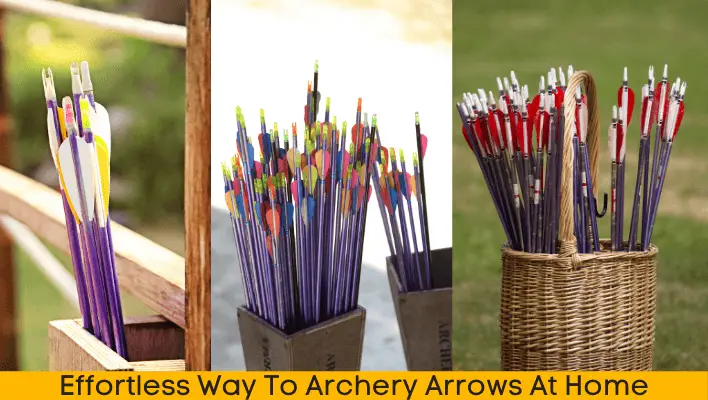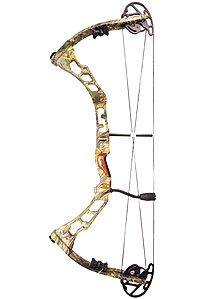How To Store Arrows
If you’re an archery enthusiast or simply curious about the art of shooting arrows, you may have heard of compound bows. These innovative pieces of equipment have garnered popularity among archers around the world, thanks to their powerful performance, enhanced accuracy, and adjustability. While learning how to shoot a compound bow is crucial, it’s equally important to know how to properly store your arrows, ensuring their longevity and effectiveness. In this guide, we’ll explore some essential tips and tricks for storing your arrows, keeping them in prime condition for your next archery adventure.
Storing Arrows
When it comes to archery, proper arrow storage is essential to maintain the integrity and performance of your arrows. Storing arrows in the right way not only helps to protect them from damage but also ensures that they are always in optimal condition when you need them. In this article, we will explore the importance of proper arrow storage and provide tips on choosing the right storage containers, keeping arrows dry, considering temperature and humidity, protecting arrows from sunlight, organizing arrows, labeling and documentation, and storing spare components.
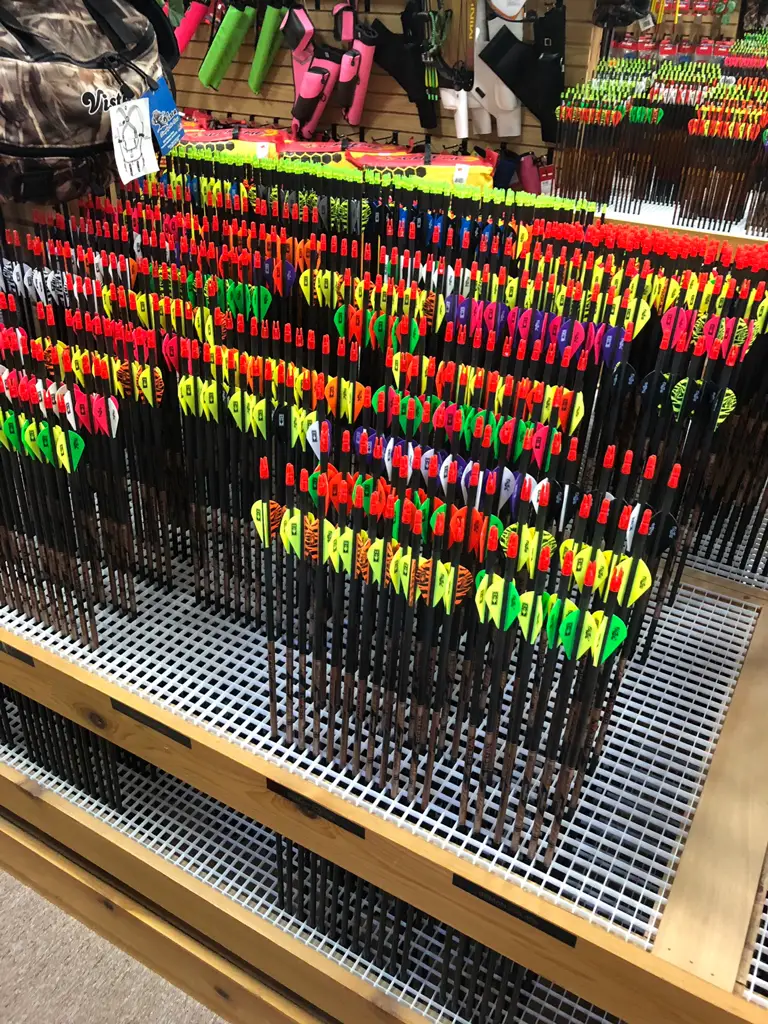
Importance of Proper Arrow Storage
Proper arrow storage is important for several reasons. Firstly, it helps to prevent damage to the arrows, ensuring that they remain in good condition and perform well. Arrows that are stored improperly can become bent, warped, or even break, which can impact their accuracy and effectiveness. Secondly, proper storage can also help to extend the lifespan of the arrows. By protecting them from environmental factors such as moisture, temperature extremes, and sunlight, you can ensure that your arrows last longer and provide consistent performance over time.
Choosing the Right Storage Containers
When it comes to storing arrows, choosing the right storage containers is crucial. Ideally, you want containers that are sturdy, protective, and provide enough space for your arrows. There are various options available, including arrow tubes, arrow cases, and quivers. Arrow tubes are cylindrical containers that provide excellent protection and are great for transporting arrows. Arrow cases, on the other hand, are rectangular cases with foam inserts that securely hold and protect the arrows. Quivers, which are often attached to bows or worn on the archer’s body, can also be used for storage.
When selecting a storage container, consider the number of arrows you have and the type of storage you need. If you have a large number of arrows, you may need a larger case or multiple containers. Additionally, consider factors such as portability, ease of access, and durability when choosing your storage containers.
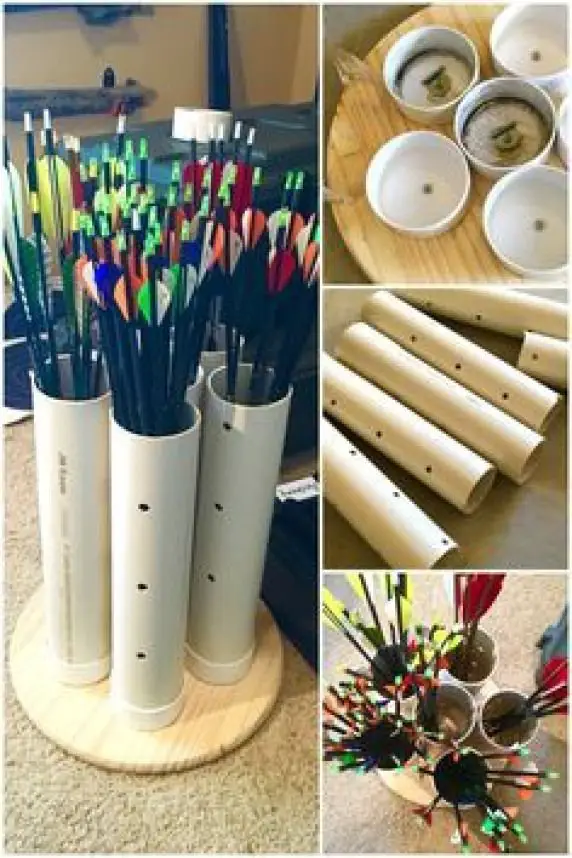
Keeping Arrows Dry
Keeping arrows dry is crucial to prevent damage and ensure their performance. Moisture can cause arrows to warp, swell, or even rot, which can greatly affect their accuracy. To keep your arrows dry, store them in a dry and well-ventilated area. Avoid storing them in basements or garages where moisture levels can be high. If you live in a humid climate, consider using moisture-absorbing products such as silica gel packets or dehumidifiers in your storage area.
You should also ensure that your arrows are dry before storing them. If your arrows get wet during use, allow them to air dry completely before placing them back in storage. It’s also a good practice to inspect your arrows regularly for any signs of moisture or damage.
Temperature and Humidity Considerations
Temperature and humidity levels can have a significant impact on the storage of arrows. Extreme temperatures can cause arrows to expand or contract, leading to warping and damage. High humidity can also contribute to moisture-related issues, as mentioned earlier. It is recommended to store arrows in a cool and stable environment, away from direct sunlight and extreme temperature fluctuations.
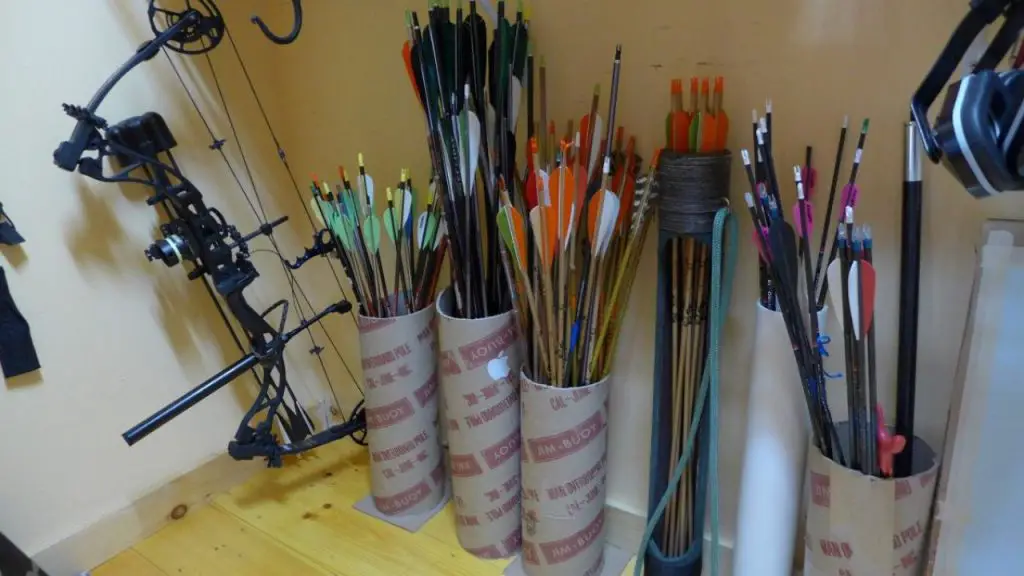
Avoiding Extreme Temperatures
Extreme temperatures, both hot and cold, can have harmful effects on your arrows. Heat can weaken the adhesive used in arrow components, causing them to loosen and fall apart. Cold temperatures, on the other hand, can make arrow shafts brittle and prone to breakage. It’s important to avoid exposing your arrows to extreme temperatures for prolonged periods. If you need to transport or store your arrows in extreme conditions, consider using insulated containers or cases to minimize their exposure.
Protecting Arrows from Sunlight
Sunlight, especially prolonged exposure to direct sunlight, can be damaging to arrows. Ultraviolet (UV) rays can cause the color of the fletching to fade and deteriorate the adhesives used in arrow components. To protect your arrows from sunlight, store them in opaque containers or cases that block out the light. Keeping them in a closet, storage room, or other areas away from direct sunlight is also recommended.

Organizing Arrows
Keeping your arrows organized not only makes it easier to find and access them when needed but also helps to prevent damage and loss. There are various ways to organize arrows, depending on your preferences and the storage containers you have. One approach is to separate arrows based on their type or purpose. For example, you can have separate sections or containers for hunting arrows, target arrows, and practice arrows. This ensures that each type of arrow is properly stored and ready to use.
Separating Different Types of Arrows
Different types of arrows may require different storage considerations. For example, broadhead arrows used for hunting typically have sharp and exposed blades, which can be dangerous if not handled properly. It is advisable to keep broadhead arrows in separate containers or compartments to avoid accidental injuries and damage. This also helps to keep the blades protected and ensures that they do not come into contact with other arrows.

Labelling and Documentation
Labelling and documentation can be helpful when storing arrows, especially if you have a large collection or multiple types of arrows. Consider labeling your storage containers or compartments with information such as the type of arrows, date of purchase, and any additional notes or instructions. This can help you easily identify and retrieve the arrows you need, as well as keep track of their usage and maintenance. It is also a good practice to keep a record or inventory of your arrows, noting important details such as arrow specifications, modifications, and any repairs or maintenance performed.
Storing Spare Components
In addition to arrows, it is also important to properly store spare components such as nocks, points, and vanes. These components can easily get misplaced or damaged if not stored correctly. Consider using small and separate containers or compartments within your storage system to keep these spare components organized and easily accessible. Labeling these containers or compartments can also be helpful to quickly identify the specific spare components you need.
In conclusion, proper arrow storage is crucial to maintain the integrity and performance of your arrows. By choosing the right storage containers, keeping arrows dry, considering temperature and humidity, protecting them from sunlight, organizing them, labeling and documenting, and storing spare components, you can ensure that your arrows remain in optimal condition and are always ready for use. Take the time to invest in proper arrow storage practices, and your archery experience will be enhanced as a result.

